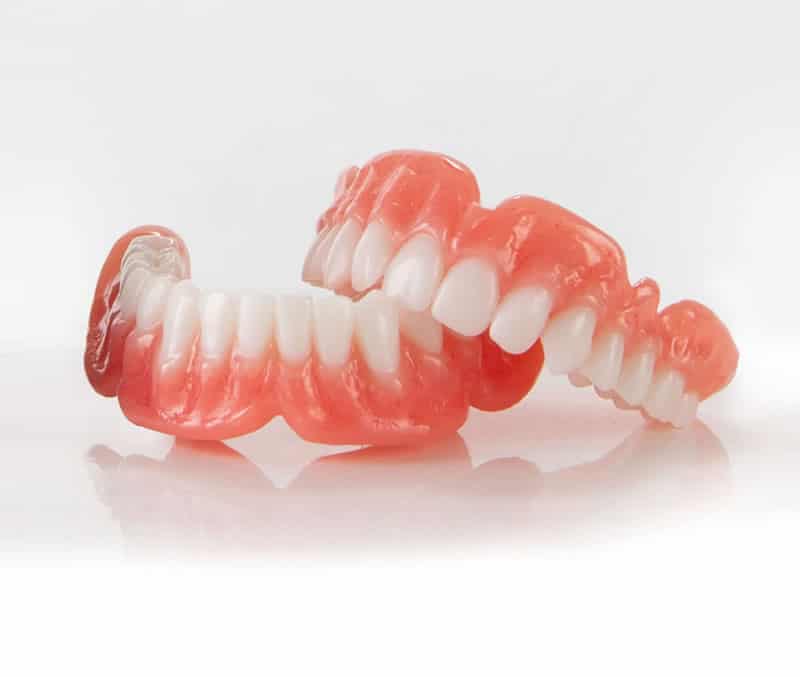DIGITAL DENTURE
A digital denture, also known as a computer-aided design and computer-aided manufacturing (CAD/CAM) denture, offers several benefits over traditional dentures.
Some of the advantages of a digital denture:
- Accurate fit: Digital dentures are designed and fabricated using advanced software and 3D printing technology, resulting in a more precise fit that reduces the risk of discomfort and oral sores.
- Faster production time: The digital design and manufacturing process for digital dentures is significantly faster than the traditional method, meaning you can have your dentures more quickly.
- Customizable: Digital dentures are highly customizable, allowing for precise adjustments to the fit, shape, and color to better match the patient's needs and preferences.
- Fewer visits: Since digital dentures are designed and fabricated with CAD/CAM technology, fewer visits are required, resulting in a happier patient and less time in the chair.
- Improved oral health: Digital dentures are less likely to cause gum irritation and inflammation, reducing the risk of developing oral health problems.
- Durability: Digital dentures are made from high-quality materials that are more durable and resistant to wear and tear than traditional dentures, meaning they can last longer.
Overall, digital dentures offer a range of benefits that can improve dentures' comfort, fit, and longevity, making them the preferred choice for many patients.

Workflow Comparison and ROI
The denture ROI is about saving the number of visits to become more profitable by implementing the digital workflow which is more efficient predictable and highly accurate to better communicate with the technician.
The traditional denture workflow takes 5 to 6 visits using messy, inaccurate manufacturing methods causing additional visits for adjustments due to poor fit.
Traditional Workflow
- Preliminary impression for lab to make custom tray.
- Final impression sent to lab for denture base and wax rim.
- Jaw relation records sent to the lab for tooth setup.
- Trying to set up and return for adjustment (requires additional visit).
- Deliver denture.
- Post delivery adjustments of occlusion and sore spots.
Digital Workflow
- Scans and photos digitally submitted to the lab for denture design and try in production.
- Try in the new denture make any adjustments and submit new scan if adjustments were made.
- Deliver digital denture (very rarely requires post-delivery adjustment)
The typical digital denture workflow requires 2-3 visits with very little if any occlusal or sore spot adjustments due to the highly accurate manufacturing process.
Let's Talk
Find out how we can improve your bottom line. Contact us and one of our members will be happy to answer all of your questions.
